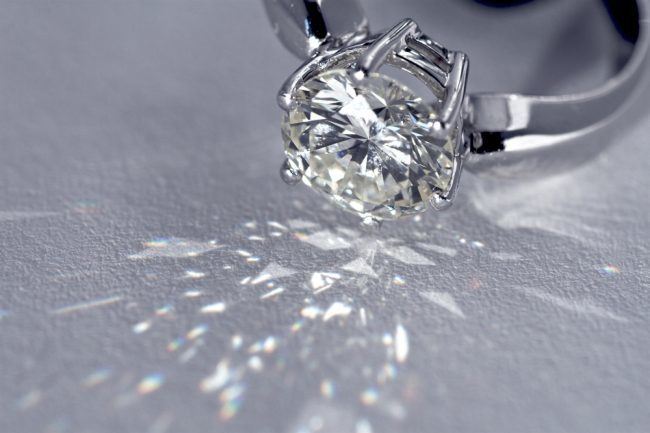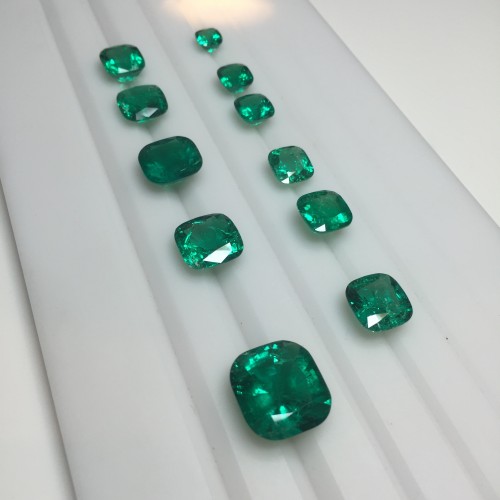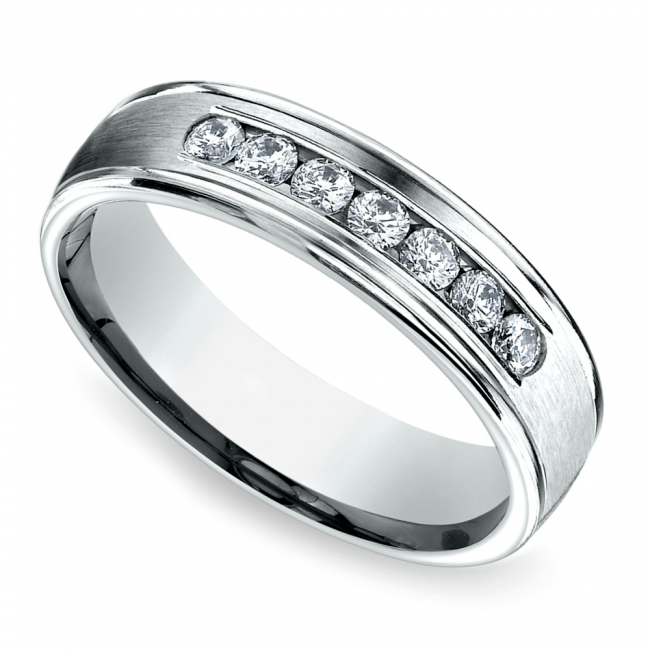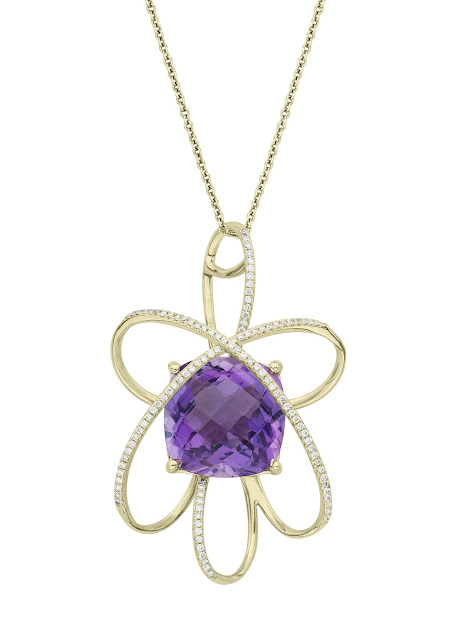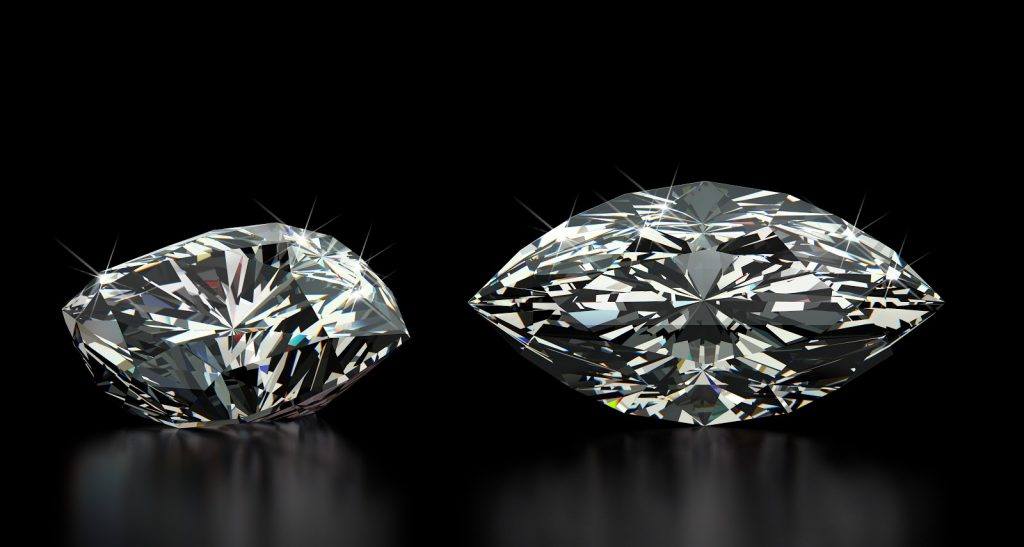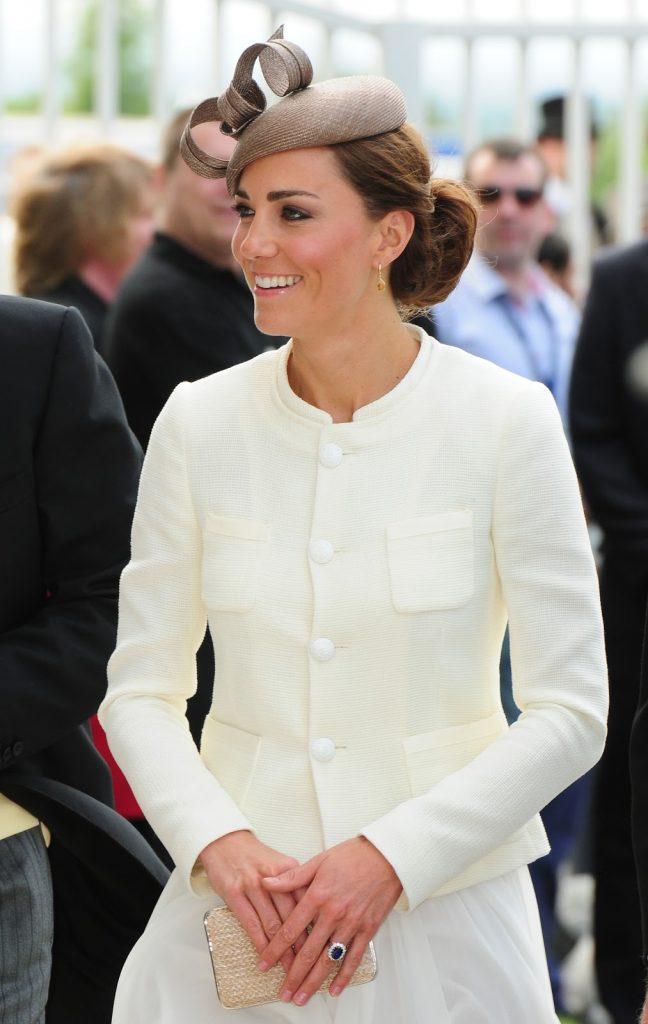Enthusiasts

Tissot Keeps Time At The Tour de France
Jewelry News Network |
| Tissot needs to keep track of the individual times of each racer at the start and finish of each race and throughout each day. |
For Swiss watch brand, Tissot, being the official timekeeper of the Tour de France isn’t just about product placement. It’s about keeping accurate times for 198 cyclists during the 2,200-mile, 23-day race throughout France. It’s a challenging job, particularly since the start and finish line moves daily. In addition, there are two “time trials,” sprints in which cyclists race alone against the clock.
To keep accurate times for all of the racers, organize the data and distribute the results immediately throughout the world, the 2016 Tour de France required a team of eight technicians using a proprietary integrated system tailor-made to cycling, explains Alain Zobrist, CEO of Tissot Timing. This year marked the first time Tissot has been the Tour de France official timekeeper since 1992.
| Alain Zobrist, CEO of Tissot Timing, explains the process of timing the Tour de France. Photo by Anthony DeMarco |
“What we basically provide is start to finish timekeeping and everything that happens in between for the normal stages and time trials,” he said. “The team gets up at 5 to 6 a.m. each day and builds everything in two to three hours and then tests the equipment (prior to the beginning of each day).”
In addition to the start and finish times, the time and speed for each racer is being recorded and transmitted during the race. To measure this, Zobrist says antennas and transformers are positioned on the front of the bikes.
| One of the two cameras that record all of the racers as they cross the finish line. Photo by Anthony DeMarco |
Perhaps the most important pieces of equipment are two cameras positioned on either side of the finish line. They focus on a narrow five-meter space and take 2,000 photos per seconds, thus providing a real time look of the finish, including photo finishes, Zobrist explains. Two cameras are needed so they can clearly identify each cyclist as he crosses the line.
“It is the only device to identify the winner at the end of the stages,” Zobrist said.
| A technician works at organizing the race data inside the trailer. Photo by Anthony DeMarco |
The images are transferred to a small trailer at the finish line, manned by four technicians and four race officials. The images are first transferred to two laptops, then they move to a PC where data is managed and then to a third laptop for broadcast. In addition, everything is backed up.
Under normal circumstances, the world will learn about the results in seconds. If it’s a close finish, it will take longer.
| Some of the crowd at the Champs-Élysées in Paris, where the 23-day race ends. Photo by Anthony DeMarco |
“It's quite a job to provide all data to electronic Internet and broadcast it to media,” he said. “Normally it takes 15 seconds for first three finishers and for the first 10 finishers, 20 to 30 seconds.”
Of course there’s a product tie in. In the US it’s the Limited Edition Tissot PRC 200 Tour de France 2016 (pictured above). The 42mm steel chronograph has a black dial with Arabic and Index numerals with the Tour de France logo engraved on the caseback and a quartz movement. At a $475 price tag, the watch is currently sold out but more are expected and can be preordered.
Please join me on the Jewelry News Network Facebook Page, on Twitter @JewelryNewsNet, the Forbes website and on Instagram @JewelryNewsNetwork





